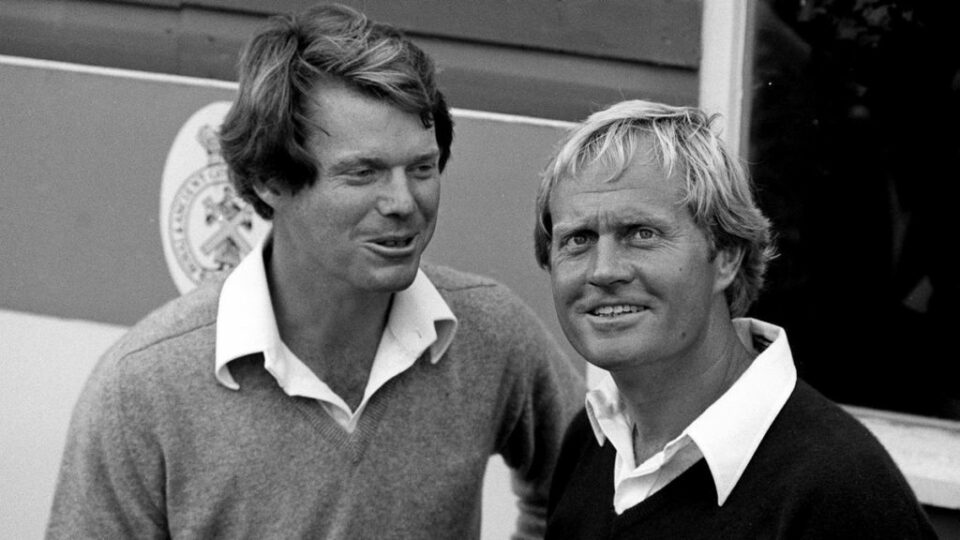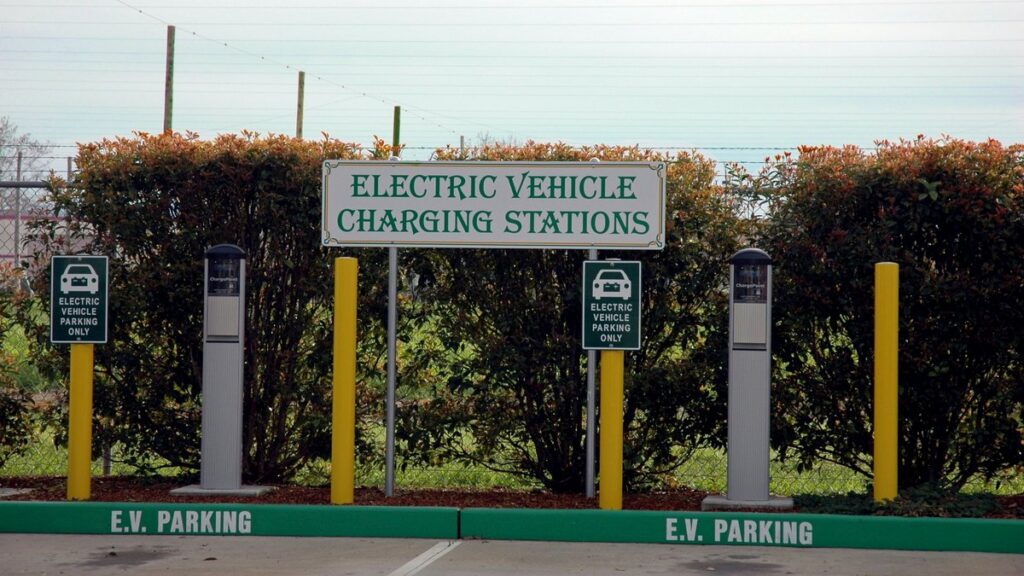
Estimated reading time: 6 minutes
Electric cars are the coming thing – in more ways that one – and golf clubs would be an ideal place to recharge your electric vehicle. Or so the theory goes. But the anticipated take up of electric charging points at golf clubs has not happened. Why not? And should golf clubs be doing more?
Attempts have been made to install electric-car charging points at golf clubs on a widespread scale. For example, in October 2019, Scottish Golf announced a partnership with Forev with the aim of getting 1,000 charging points installed at many of its 586 affiliated clubs. The first was to be Crail Golfing Society.
Two years later and this scheme has been abandoned short of the 1,000 target. About 1,000 points short I am told - Scottish Golf refused to speak to me for this article. But talk to people connected to this project and you hear phrases such as ‘Covid’, ‘funding problems’, ‘a need for education’.
David Roy, Manager of Crail Golfing Society points out: “Most major projects a club undertakes, such as a new irrigation system, there is a mature market with consultants with established reputations. There are benchmarks. You know what is best practice. None of this exists for electric charging points at this stage – it’s how double glazing and timeshares used to be.”
Another golf club secretary who has been in discussions about installing Electric Vehicle (EV) charging points says: “We approached two firms. Both were helpful and keen but we got conflicting advice. You have to remember their job is to sell you their particular product, not necessarily the best one for your specific needs.”
If a club does decide to instal EV chargers it has to decide what type of charger and which business model to opt for.
The first decision often comes down to their existing power infrastructure. Rapid chargers can charge 80% of most batteries in around half an hour, but consume masses of power. A golfer playing a 4-hour round has no need for such a speedy charge, and most clubs may not have the power capability for this anyway.
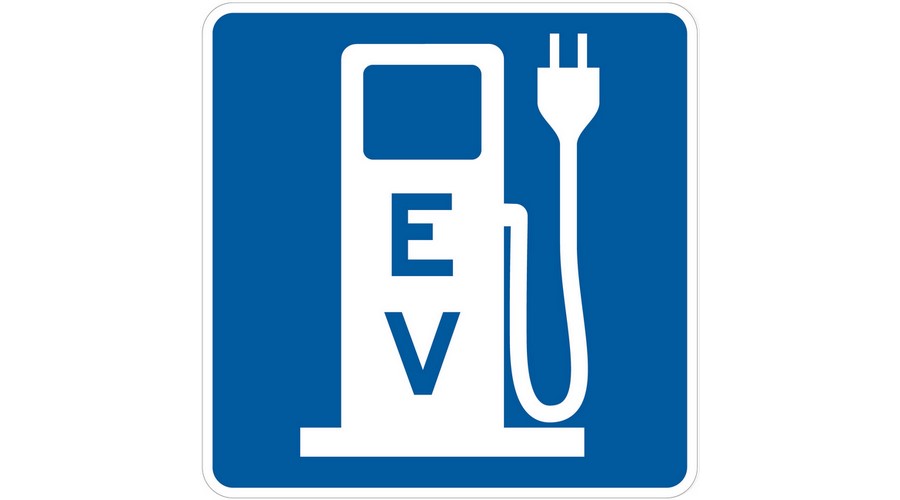
An electric car can be charged by plugging it into a three-pin socket, but it will be jolly slow, 2.3kwh slow. (How many hours an EV will take to charge is a simply the battery size divided by charging power.) Hence why people install home charging points of up to 7.4kwh. This is the maximum most homes can manage as anything quicker requires 3-phase electricity supply which most UK homes do not have.
But “most golf clubs have 3-phase power,” explains Nick Braham, MD of Urban Charging, who have partnered with the UK Golf Federation. This potentially allows 11kwh or a 22kwh chargers to be fitted.
There are two basic economic models. One is where the club pays for the installation and running costs and so sets the fees and gets the revenue. The other is where a third party installs and maintains the equipment at their own expense. In return, this third party sets the fees and takes the profit.
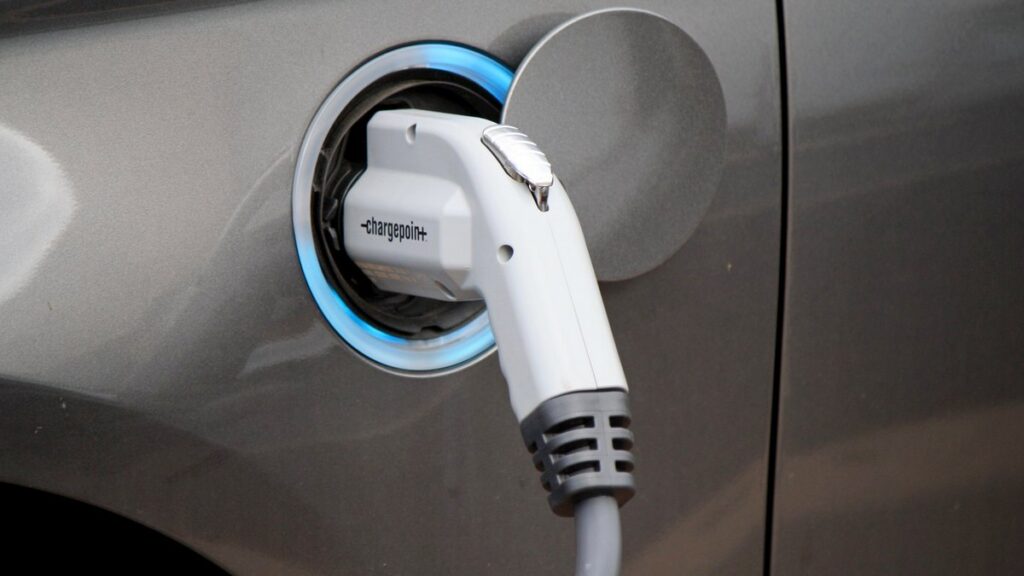
Crail Golfing Society went down the second route as “at the time there was no funding available,” David Roy explains. “But now there would be, so if we did it now, we’d instal our own chargers. We pay 15p kwh for our electricity and Forev charge 25p. Had we done it ourselves we could charge, say, 17p, giving us a profit and our members would be paying less.”
Nick Braham advocates clubs owning their own chargers “as that way they retain control,” and reckons “some of the infrastructure work can be done by the clubs. For example, greenkeepers digging any trenches needed for cabling.”
At present we are in a type of phoney war with regard to electric cars. We know they are coming but just not yet. From 2030 you will not be able to buy a new petrol or diesel car.
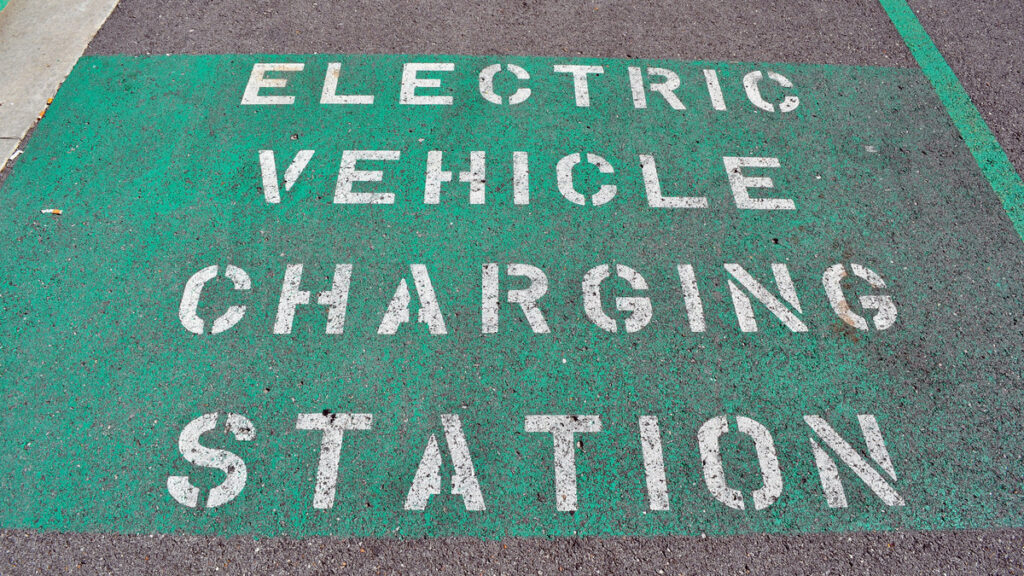
But, Nick Braham points out, this does not mean that the cars on our roads will soon be predominantly electric ones. “There are about 35m vehicles on UK roads, of which less than a million are electric or hybrid. Carmakers sell about 2.3m new cars a year.” So the cars at your golf club are going to be predominantly petrol and diesel ones for some years to come. Sherlock Holmes could walk by someone and deduce from a single look that the other fellow owned a guinea pig called Gerald who had a limp. I am not in Sherlock Holmes’ class – though as I exist and he doesn’t that puts me one up for starters – but if I see someone driving an electric car I can at least deduce something about them: they have off-road parking at home. (A survey last year by Zap-Map found that 98% of EV drivers have off-street parking.)
There are about 27,500 public charging stations in around 15,500 locations. But there are around 300,000 home charging points. Many electric car drivers do all their charging at home, so do not expect – or crucially, need – to charge their cars on their journeys.
David Roy says that “every other day” none of their four chargers get used even though “we are in the middle of nowhere and many members live over an hour away.” Despite this, he reckons that in five years’ time the club will need more chargers. Nick Braham believe that: “Nationally in five years time there will be a shortage of charging points”.
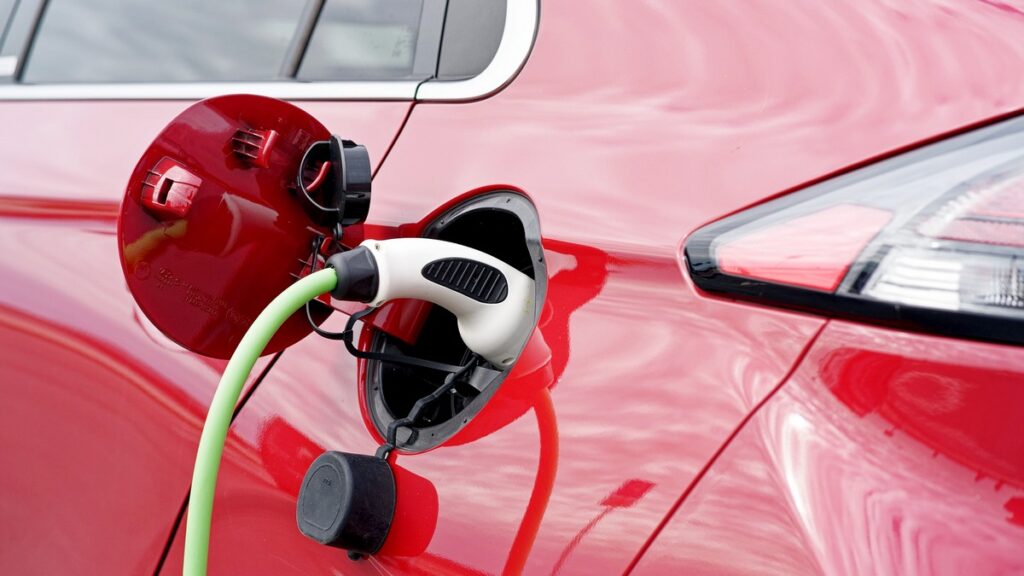
At present there are not many public chargers as there is not the demand for public chargers. Why there is not demand for public chargers is because there are not many public chargers. This vicious circle will only be broken with mass ownership of electric cars, with owners who have to park overnight in public places.
The theory that golf clubs are ideal for golfers to top up the electric car batteries still remains tenable. It just needs golfers who want, or need, to do this before we see charging points at golf clubs on a wide scale.
So electric chargers should be coming to a golf club near you. But perhaps not just yet.



